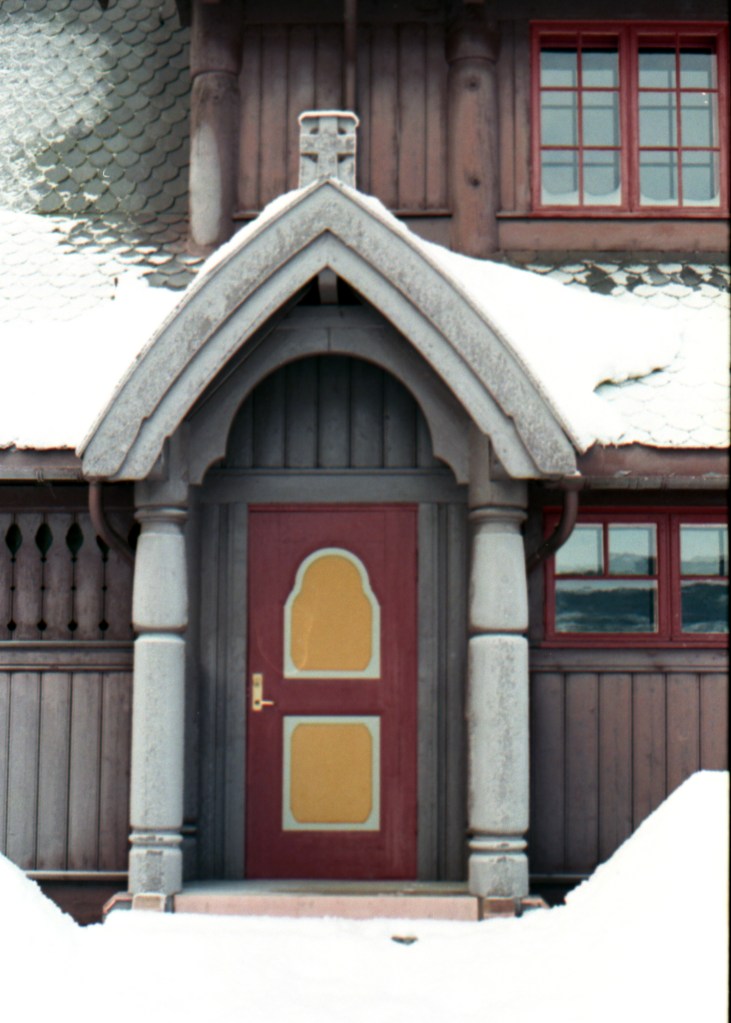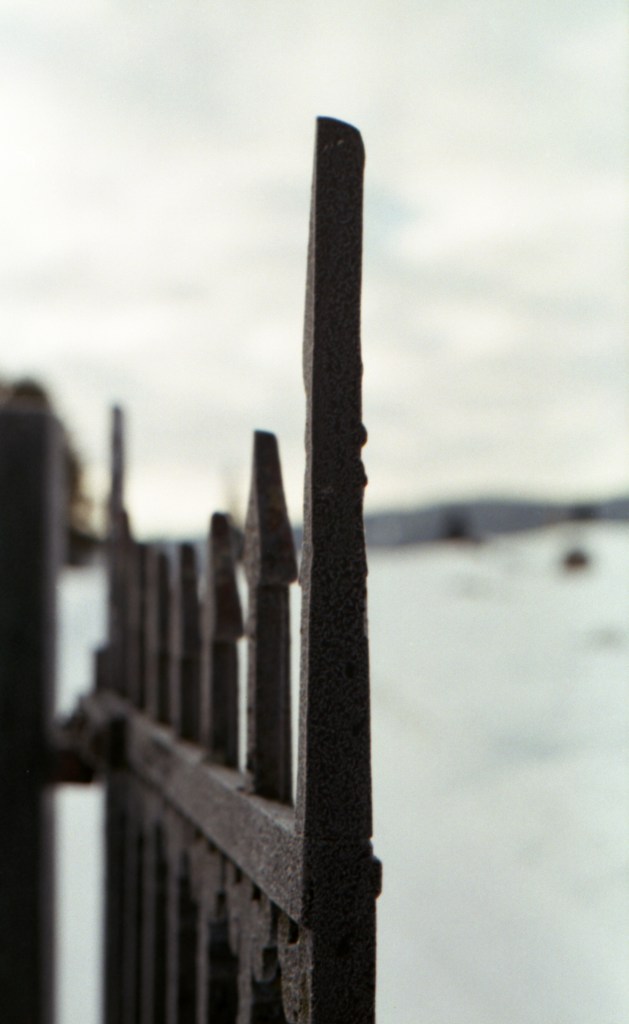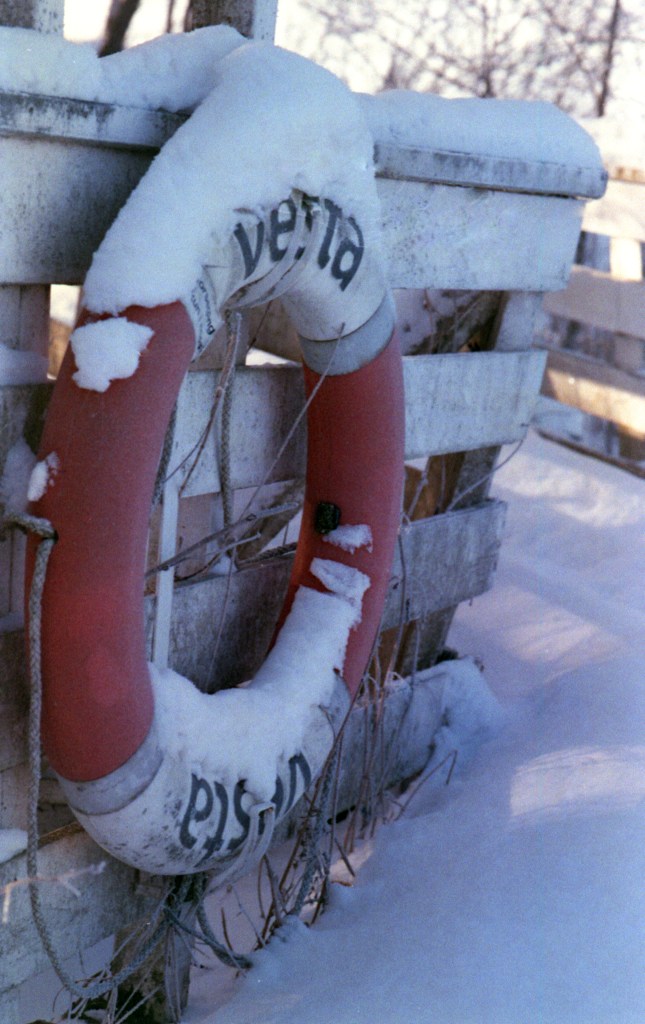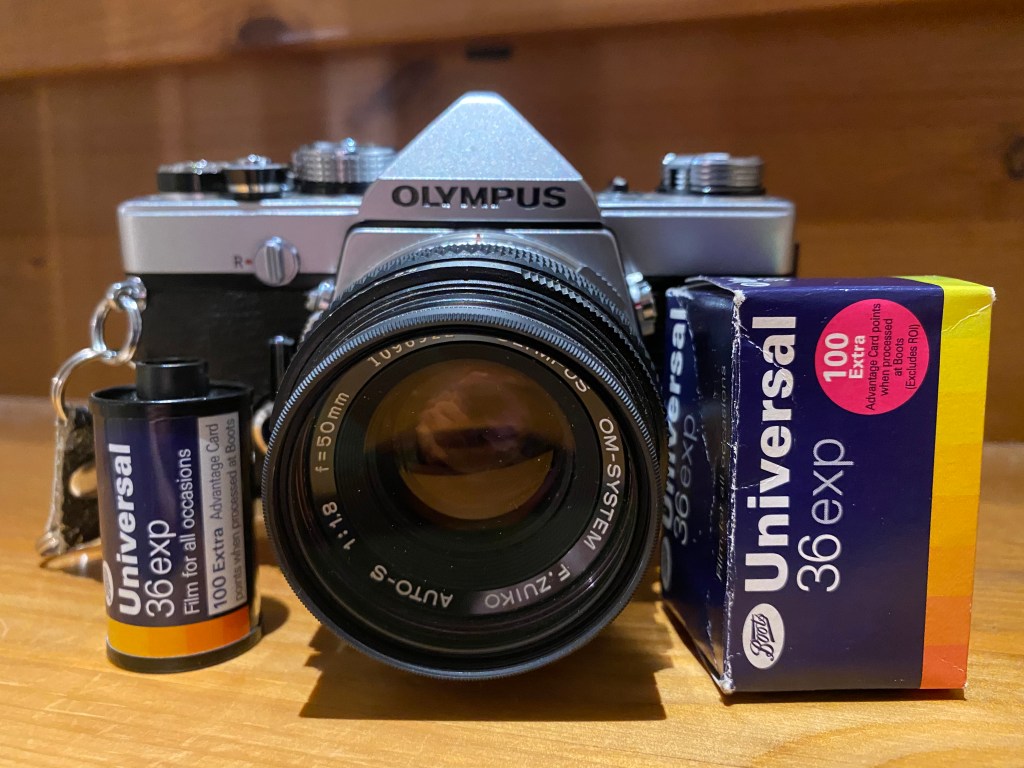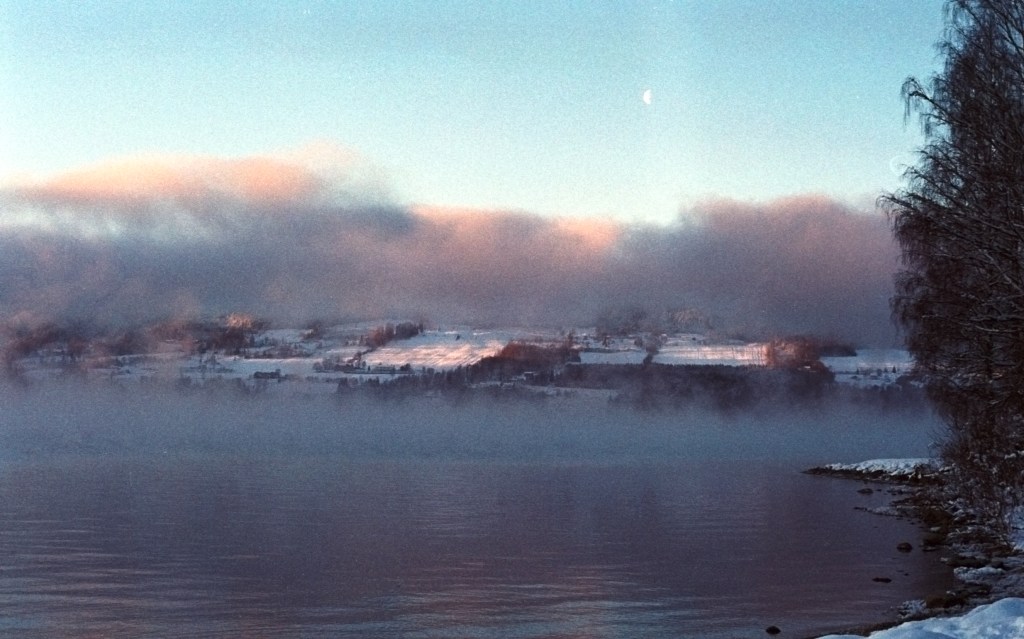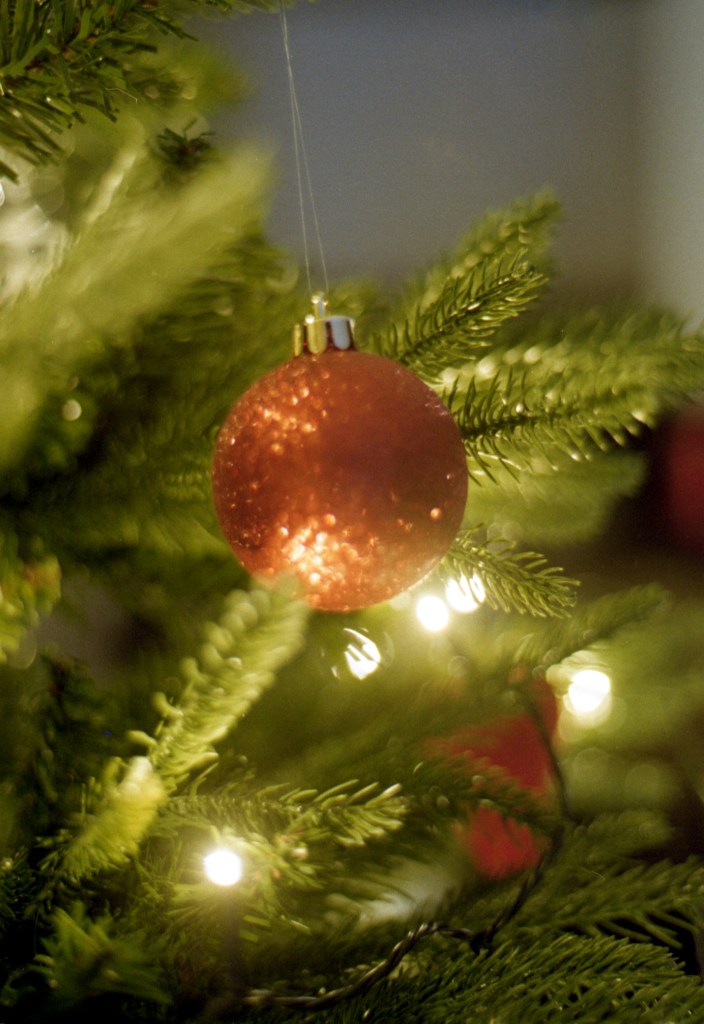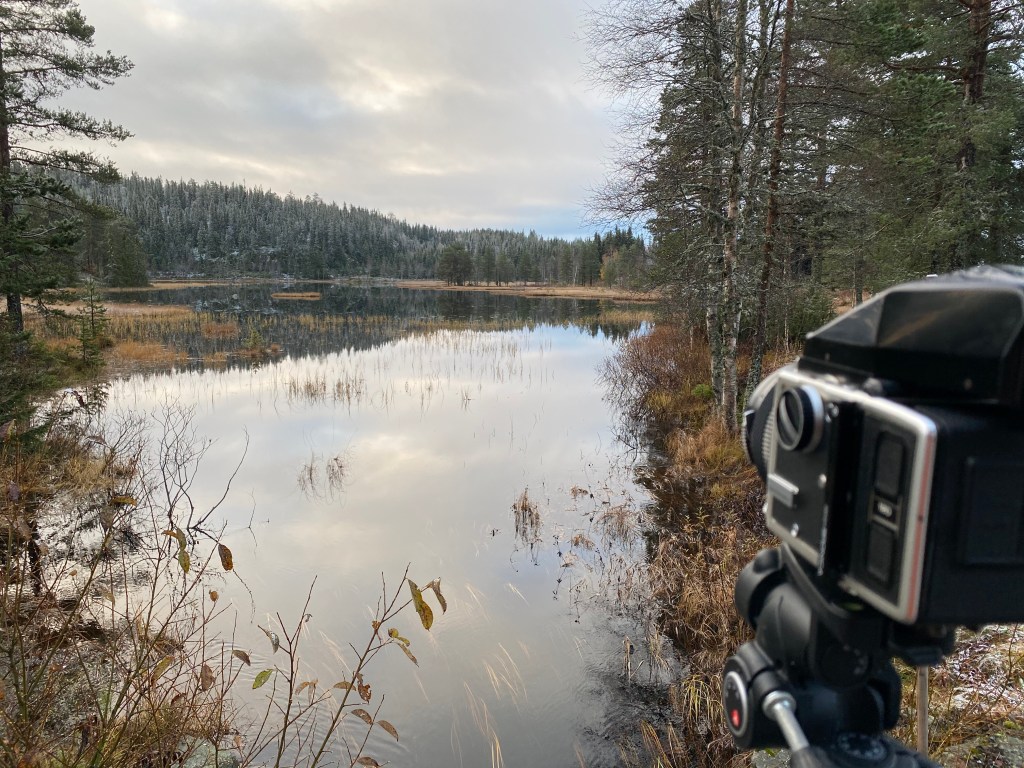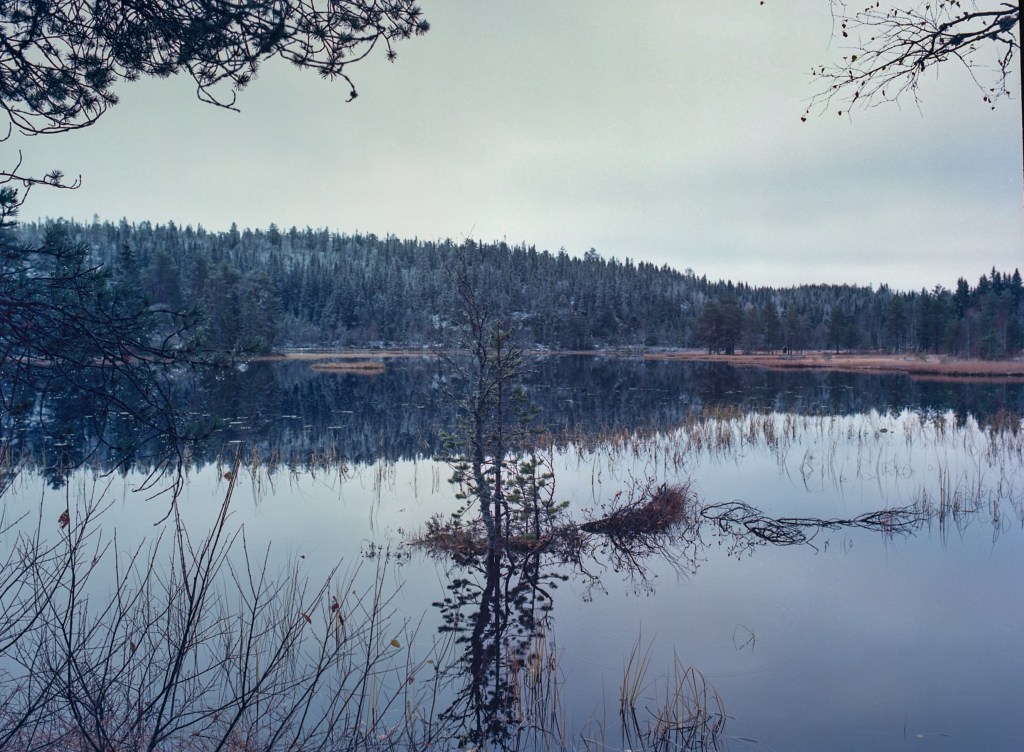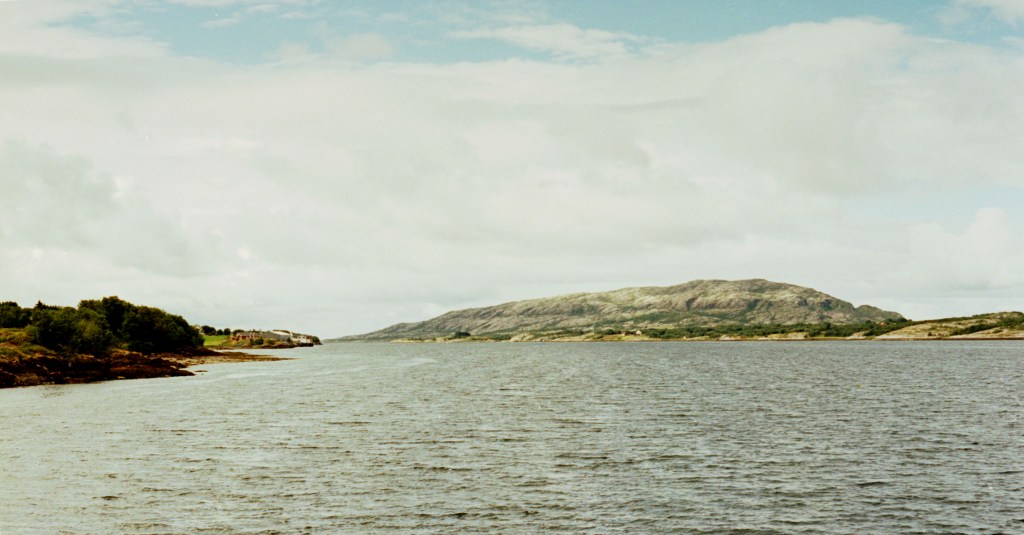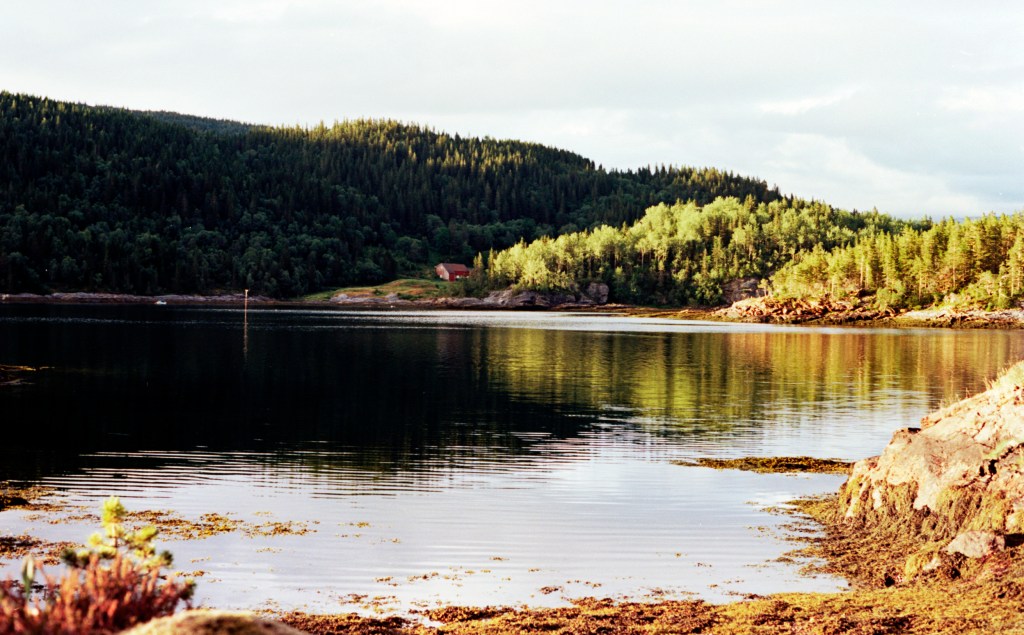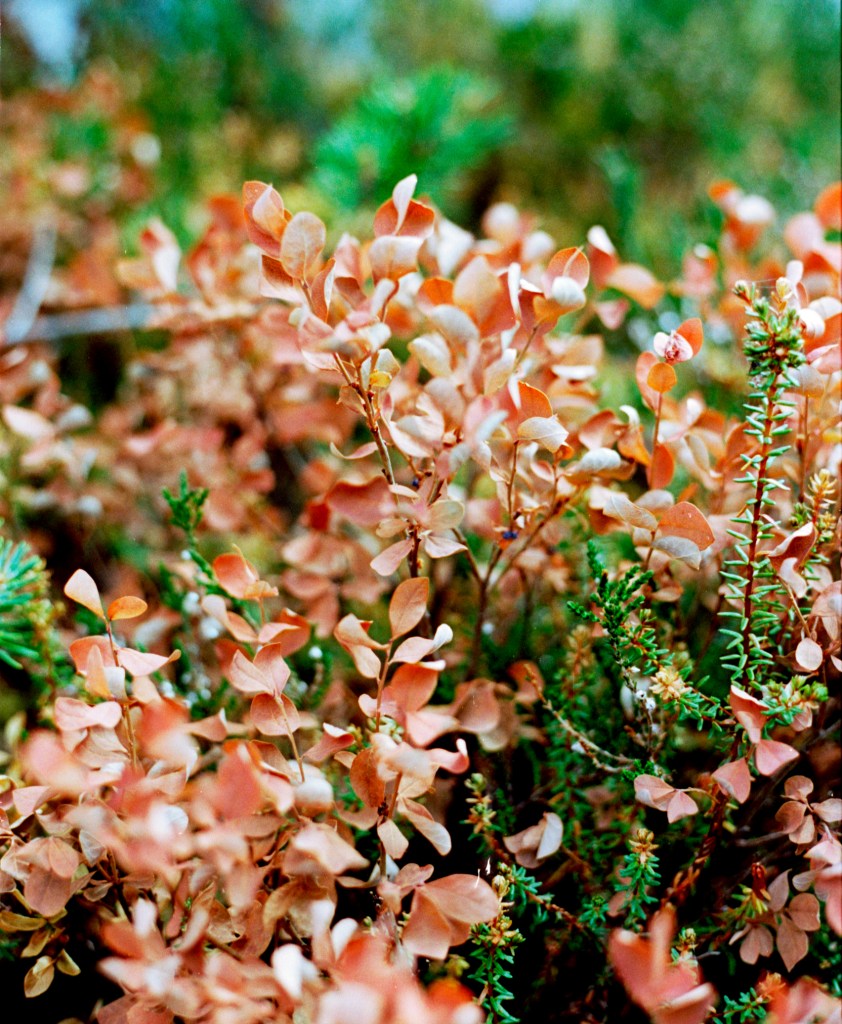A little while back, I bought some rolls of Fujifilm C200 colour negative film. A consumer film I remember very well to have used as a photo-interested teenager. Back then I had a Nikon F60, a camera that sadly has stopped working and that is too expensive to have repaired. I upgraded it with a Nikon F80 after it died. When I tried C200 again, I was excited to see how well this film actually performs, even today in 2021. On my first tryout I shot it at 160 just to be sure that I biased towards over-exposure and not under-exposure. I realized that I lost some shadows at 200, and I decided to go out once again the other day, but this time, I shot it at ISO 100. One stop over-exposure. I was a bit nervous about this tactic as I don’t know the films characteristics that well. I was afraid I would get the very «washed out» colours you get when you over-expose Fuji-films too much, but I needn’t worry.
My chosen camera for this outing, was the Canon T70. A camera that I find to have a very good light-meter and aperture-priority setting. Since I was out walking and scouting for possible locations, I shot it using aperture-priority. The camera is manual focus and you can set your aperture, so this program gives med decent control over my exposures even if I am not controlling the shutter-speeds myself.

Over-exposing colour negative film is normally not an issue. The dynamic range is made to deal well with over-exposure and you get more details in the shadows. Exactly what I wanted for this outing. My location this time is Steinsodden, a little islet that is accessible by foot in spring-time when the water in the lake is low. Once the snow-melt in the mountains pick up and reach the big lakes, this islet is inaccessible without either using a boat or getting wet. The name of the Islet is «Steinsholmen» or «Steinsborga» as the locals say. It is home to the ruins of a medieval castle that you can read more about if you google «Mjøskastellet». The ruins are protected, and when I was there id didn’t see any reasons to photograph it, as some moron has figured out that putting up barrier-tape around was a marvelous idea. It is just ugly and dis-respectful to the historic site and I guess the medieval king who got it built will haunt this moron forever! (At least I hope)
But.. No-one reads this blog for my thoughts about barrier-tape in nature, you want to see my images:

The first image I am going to show here, is this lovely image of the path leading towards the islet. I just love all the leading lines giving this image the depth it has, and I also love seeing that I have retained so much shadow-detail with my process of over-exposing. I was a bit concerned as the day was very sunny, but not even the sky in the background is completely «blown out». Also, with my Epson v600 scanner, this film is very easy to scan. I am having trouble getting good scans of 35mm Ektar, but the C200 really is a star.

I really love the way this image turned out. I cannot remember whether this image was taken at f4 or f5,6, but it gives a very nice focus area, and a very smooth and sift background. It is so nice that the snow is melting and that I once again can take these nature-detail images that I love looking for. I have not corrected this image for sharpness or haze, but I have tinted the colours slightly, as they were a tad too green for my liking.
The last one that I will show in this post, is a shot at your famous f11. The main setting of the landscape photographer. It is an early afternoon view over the lake and the weather was indeed very sunny and harsh. Even so, I see that the film coped very well with the over-exposure and I am very pleased with how it turned out.

I am actually surprised how well this film works and considering its price, it is quite good value for money. I might very well be shooting it again soon.
